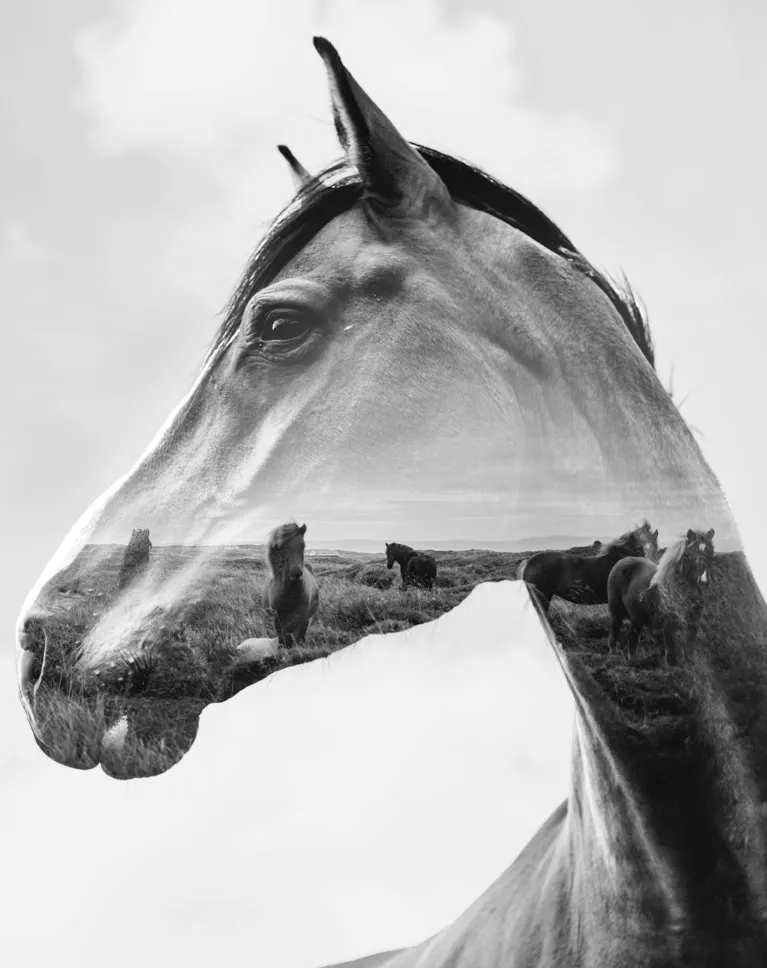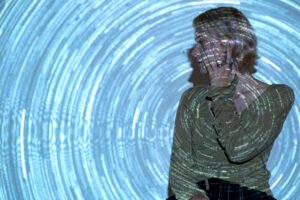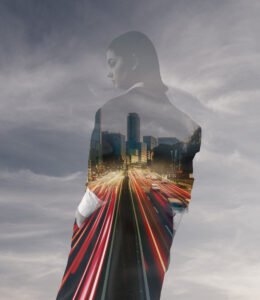Multiple exposure blending is a powerful photographic technique that allows photographers to combine two or more images into a single, seamless composition. Unlike traditional editing, which typically focuses on enhancing a single image’s color, contrast, or sharpness, multiple exposure blending emphasizes creative layering, depth, and storytelling. By merging multiple exposures, photographers can capture a scene in ways that the human eye alone cannot perceive.
This method is particularly popular in landscape, architectural, and artistic photography. For example, a photographer might blend different exposures of a sunset to balance the bright sky with the darker foreground, or combine various shots of a cityscape to create a dynamic, surreal effect. The resulting images are often more vivid, detailed, and visually striking than what can be achieved through conventional editing techniques.
How Multiple Exposure Blending Differs From Traditional Editing
When comparing multiple exposure blending to traditional photo editing, several key differences emerge. Traditional editing generally involves adjusting a single image using tools like exposure correction, color grading, contrast adjustments, or retouching imperfections. While this process can enhance the quality of a photo, it is limited to the information present in that one image.
Multiple exposure blending, on the other hand, allows photographers to merge information from multiple shots, creating an image that balances highlights and shadows, removes unwanted objects, or even conveys motion and time. For instance, combining different exposures of a moving waterfall can produce a silky, flowing effect that is impossible with standard editing. Similarly, blending daytime and nighttime exposures of a cityscape can create a dramatic, eye-catching scene that captures the essence of both lighting conditions.
Another important distinction is the creative freedom that multiple exposure blending provides. Traditional editing mainly enhances reality, whereas blending can create a new reality. This allows photographers to tell stories, emphasize artistic vision, and experiment with abstract or surreal imagery. By carefully layering images, adjusting opacity, and using masking techniques, photographers can guide the viewer’s attention to specific parts of the composition or evoke particular emotions.
Benefits of Multiple Exposure Blending
One of the biggest advantages of multiple exposure blending is the ability to achieve a high dynamic range (HDR) effect without relying solely on HDR software. By blending exposures, photographers can preserve details in both shadows and highlights, producing images that are closer to what the human eye perceives. This is especially useful in scenes with extreme lighting conditions, such as sunsets, bright skies, or dark interiors.
Additionally, multiple exposure blending allows for creative problem-solving. Photographers can remove distractions, combine the best elements of multiple shots, or correct mistakes that may have occurred during the initial capture. This flexibility makes it a valuable tool for both professional and amateur photographers looking to elevate their work.
Tools and Techniques for Effective Blending
Several software options and techniques can help photographers achieve successful multiple exposure blends. Adobe Photoshop is the most widely used tool due to its robust layering, masking, and blending capabilities. Photographers can use layer masks to selectively combine parts of different images, apply gradient tools for smooth transitions, and adjust blending modes to enhance the final result.
Lightroom can also be used in conjunction with Photoshop to prepare individual exposures by adjusting color balance, contrast, and noise reduction before blending. Other tools like Affinity Photo, GIMP, and specialized plugins provide alternative workflows for photographers who prefer non-Adobe software.
It’s important to note that successful blending requires a combination of technical skill and artistic vision. Choosing the right exposures, aligning images precisely, and understanding how light interacts across different frames are essential for creating a cohesive and visually appealing result.
Creative Applications of Multiple Exposure Blending
Multiple exposure blending is not limited to landscape or cityscape photography. Portrait photographers can use it to combine creative backgrounds or textures with subject shots, while wildlife photographers can blend images to emphasize motion or capture elusive lighting conditions. The technique is also widely used in advertising, conceptual photography, and fine art, where visual impact and storytelling are crucial.
Conclusion
While traditional photo editing remains essential for refining single images, multiple exposure blending offers photographers unparalleled creative possibilities. By merging multiple shots, artists can capture a wider dynamic range, remove distractions, and produce striking visual narratives that go beyond conventional photography. Understanding the differences between these approaches empowers photographers to choose the best technique for each project, ultimately elevating their work and expanding their creative horizons.




